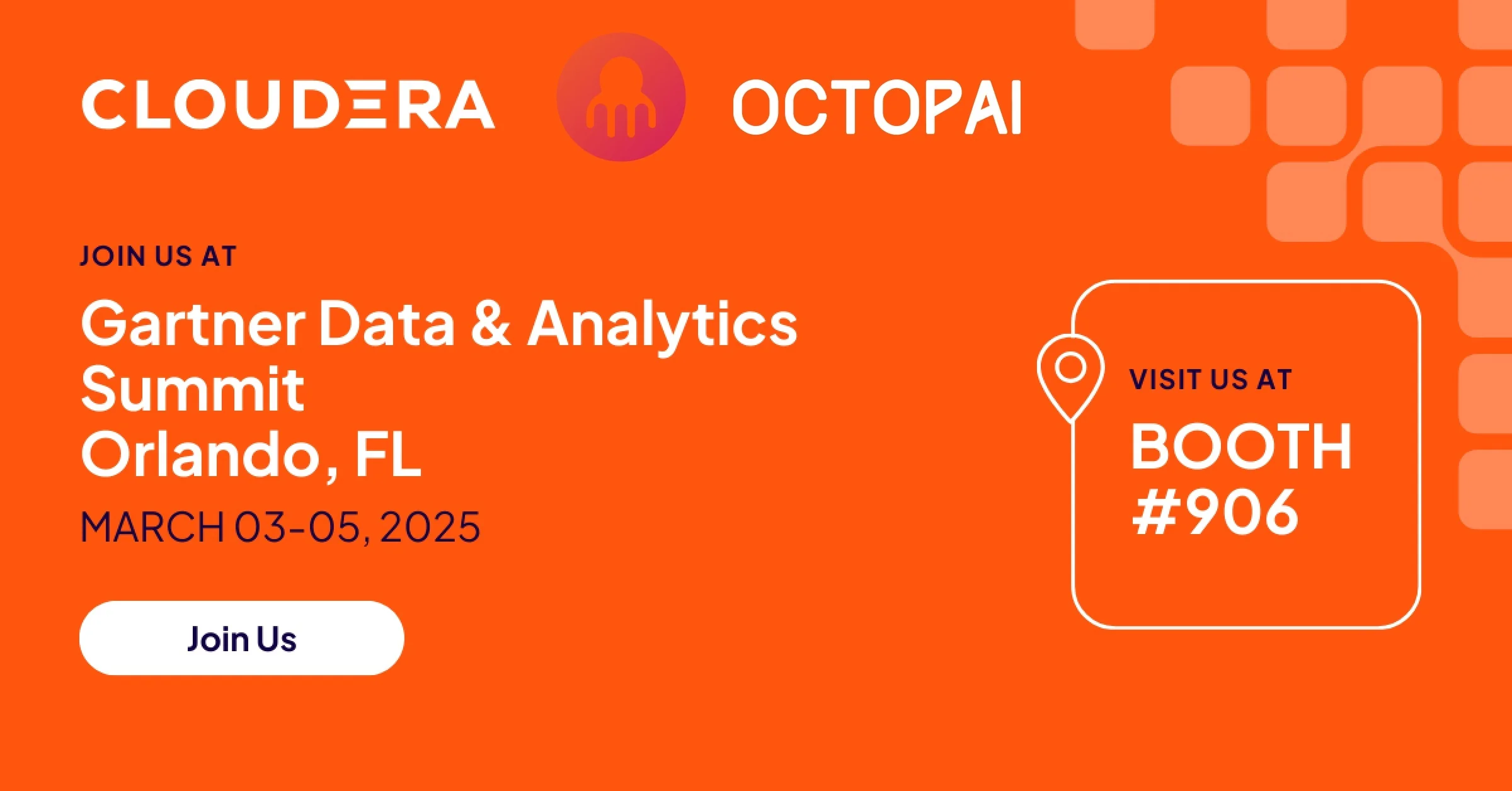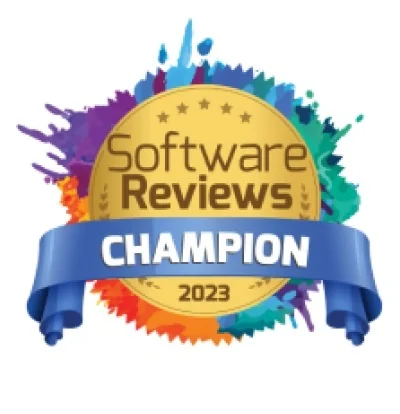Wouldn’t it be nice if every IT system had a built-in, “one-click” migration function?
Dream on, right? No IT migration is easy, especially from systems that have been in use for many years and whose quirks, poor design decisions, and complexities have metastasized over time. Although a “one-click” migration would be easy, it most likely would perpetuate the shortcomings of the existing system. Net gain: zero.
BI migrations—that is, moving from older, legacy BI tools to more modern, capable, responsive, and easy to use tools—are no exception. But many enterprises are embarking on the BI migration journey because the expected return on investment is too good to pass up.
Migrating to Modern BI: 5 Things You Must Know Before Getting Started
In this article, we discuss the five essential tasks that must be performed in preparation for any BI migration project.
1. Discard: Migrating from one BI system to another is not unlike moving to a new house or office: Don’t bring anything that’s useless, unneeded, or broken. Examine your existing environment and identify situations such as the following:
– It was needed for a one-time or short-term purpose and is no longer relevant
– The data underlying the process or report has changed in some way, and they can no longer be relied upon
– The process or report includes business processes or products that are no longer in use
– The process or report definition is narrowly tailored—perhaps for one consumer who no longer needs it—and could provide misleading information to anyone else
And so on. Get rid of the chaff, migrate the wheat.
2. Compare: When migrating to a new BI tool, there can be many moving parts—databases, tables, views, ETL processes, reports and more—and it’s easy to leave a component out of the migration or to include something you didn’t intend to. You need to compare the two environments, component by component, to ensure you’re migrating what you think you’re migrating.
3. Simplify: Many legacy BI environments are littered with complicated components, such as ETL processes that are based on other ETL processes, which are fed by still more ETL processes, and on and on as in a decision tree, or reports that are generated by long and complex native SQL queries. The result is a fragile environment in which a single failure could blow up the whole system—or worse, go undetected while your reports are providing bad or incomplete information.
By simplifying the environment and reducing the interdependencies, you will end up with an environment that is easier to navigate, manage, and diagnose.
4. Improve: A BI migration is your opportunity to improve not only the tools but the underlying data environment. It’s your chance to clean up the mess, get rid of the poorly written (and poorly documented) code and kludgey workarounds, adopt modern best practices, and enforce some consistency.
5. Protect your data critical path: In BI, a “critical path” is the series of components (tables, ETL processes, reports, and other artifacts) that must be migrated correctly; failure of any one of these components can put the entire migration project at risk. The reports that upper management depends on, and the ones that end up in regulatory filings, are naturally based on data in the critical path, so getting the critical-path pieces right is an absolute must.
Migrating BI Systems Doesn't Have to be So D&%# Difficult
Automated Metadata Management Can Simplify and Streamline the Process
Read the Use Case
How do you get started with migrating to modern BI?
The best way to perform these essential tasks is with automated metadata management tools that can help provide:
– Graphical views of the existing and target environments, enabling you to see the relationships intuitively, identify any unnecessary complexities so you can avoid migrating them over to the new tool
– Root cause analysis – For example, if you’re migrating an ETL tool, you need to understand which ETL processes are loading to a particular customer table, and you need to be extra careful when migrating these processes to ensure you haven’t missed even one lookup SQL override or SQL command. A robust metadata management tool will help you find all of the reports that rely on this critical path and double-check it before you approve the migration.
– Impact analysis – A good tool will show you the paths from database tables, through any ETL processes, to all the reports that rely on the data, and will enable you to easily double-check all the reports to make sure they contain everything they need. It will also ensure that your critical path is protected, which is key to any successful migration.
Octopai’s metadata management automation can reduce or eliminate many of the tedious, time-consuming, and error-prone manual activities associated with BI migration. These tools will shorten the preparation phase of any BI migration project in a significant way.








